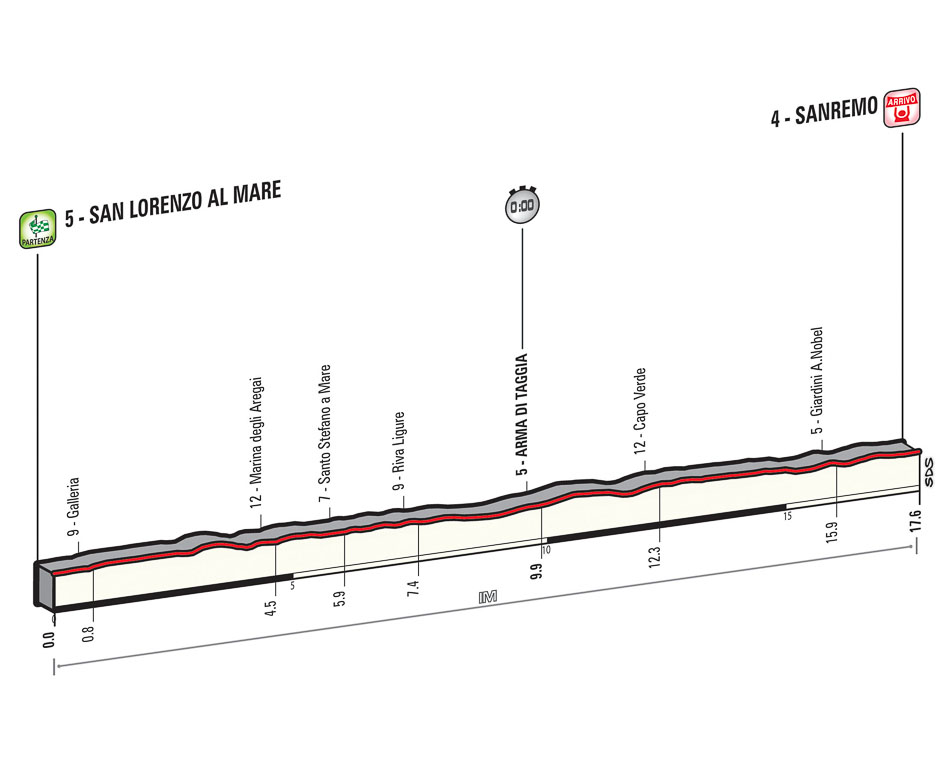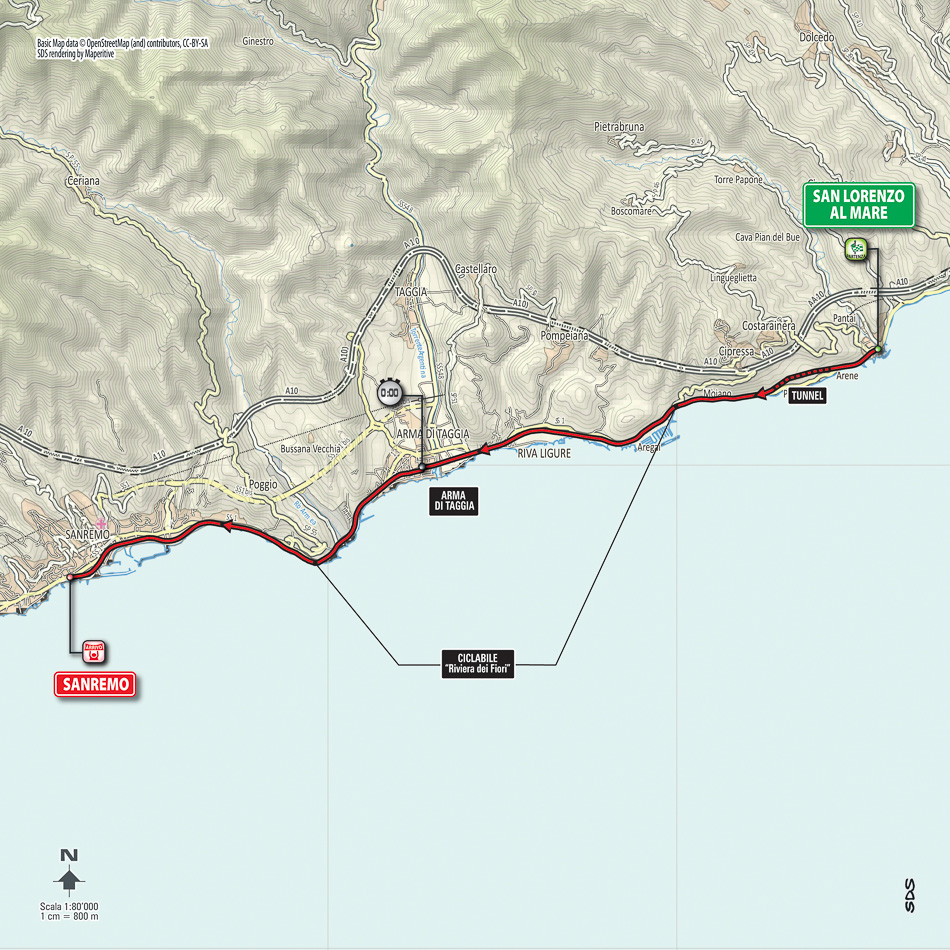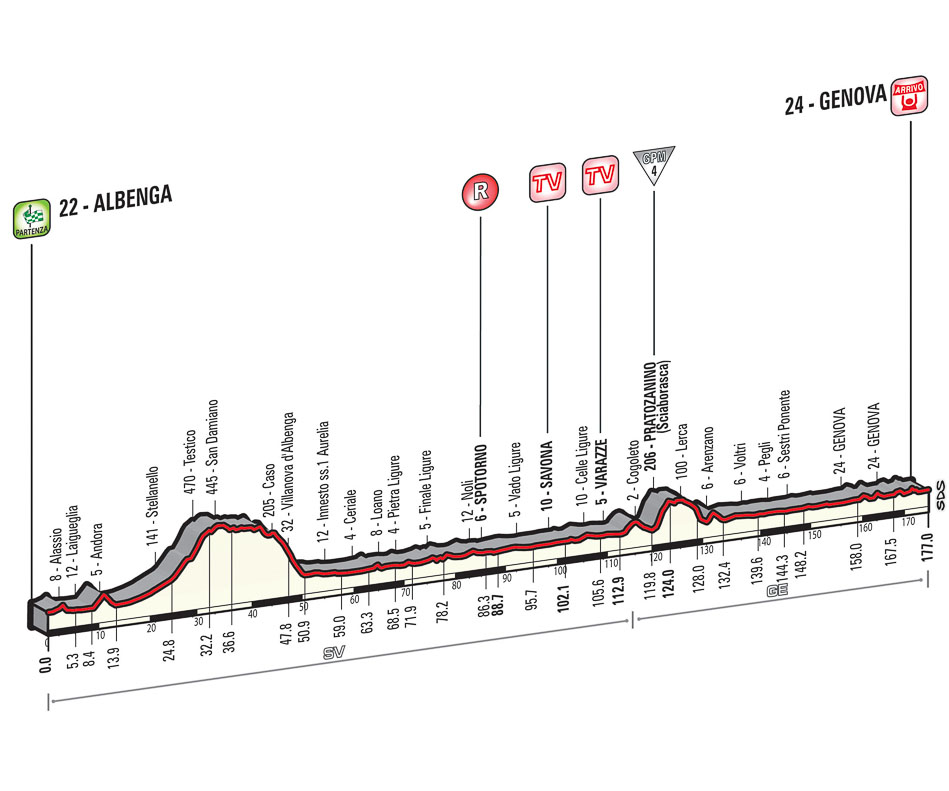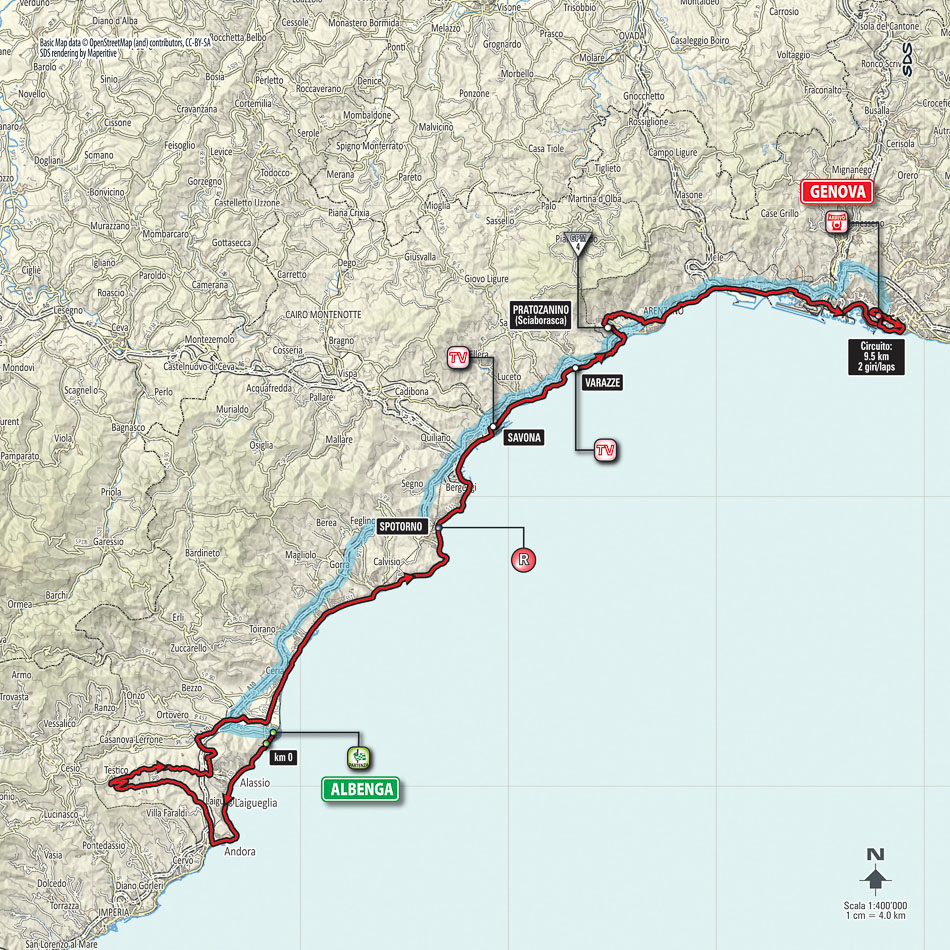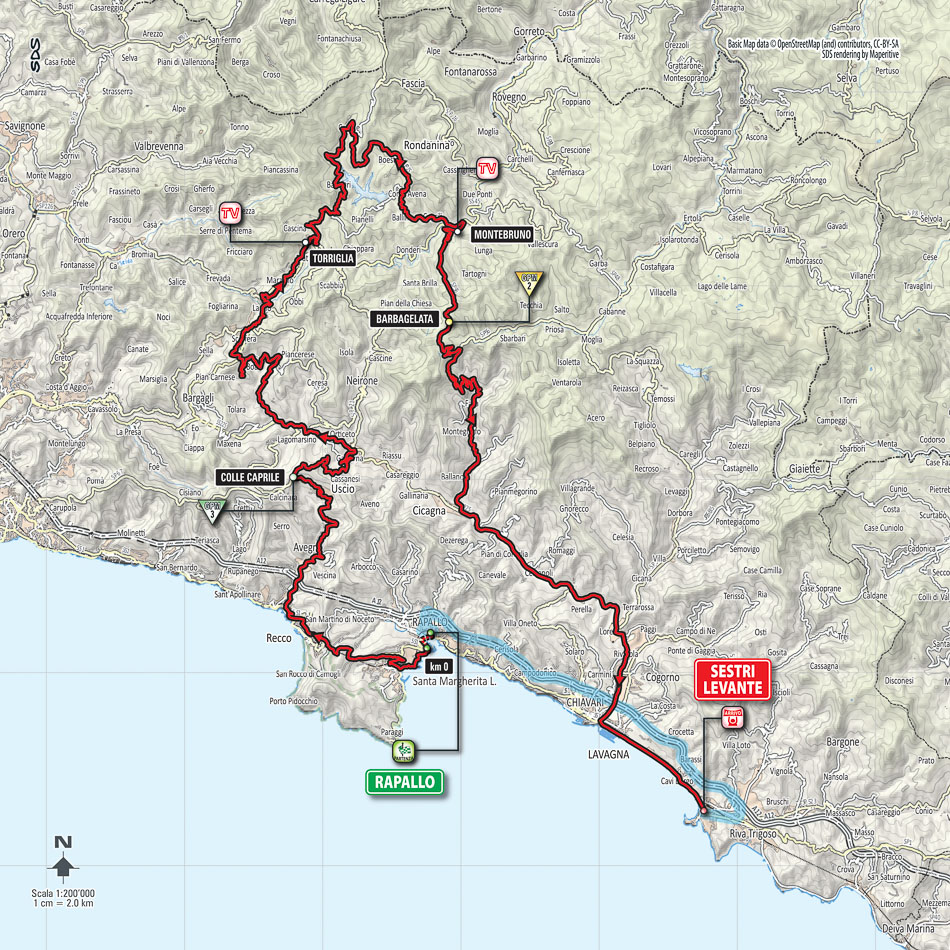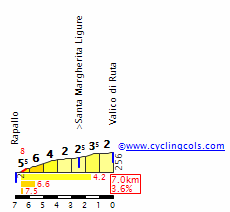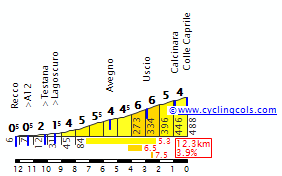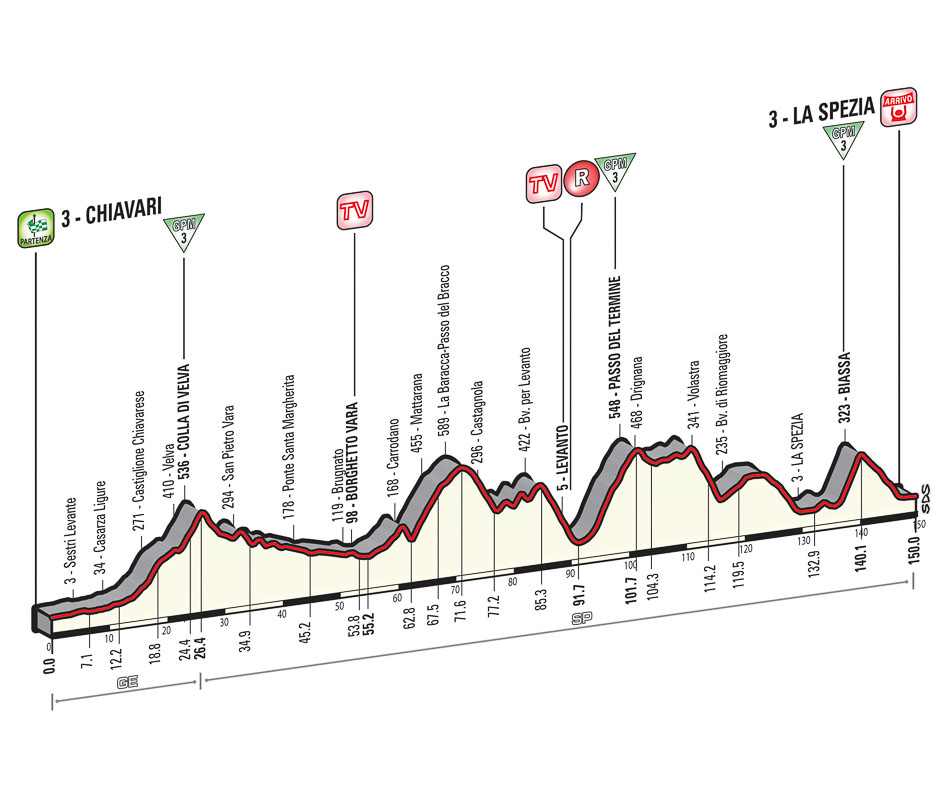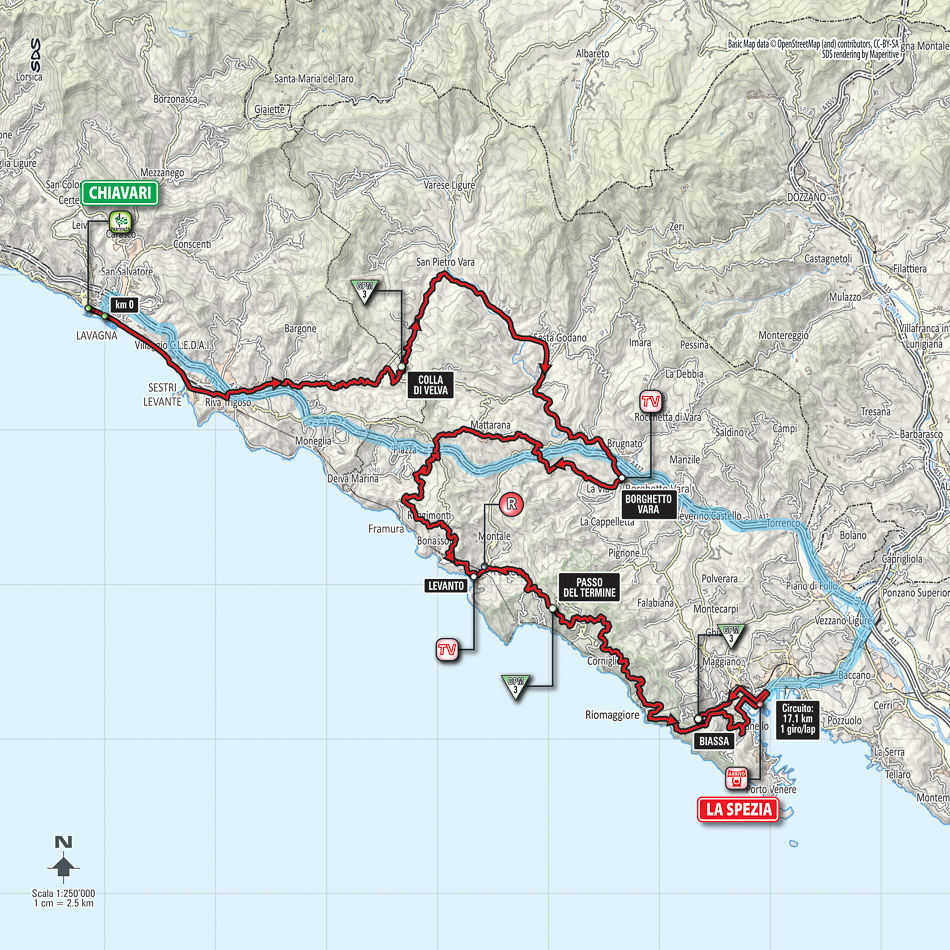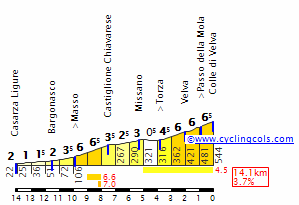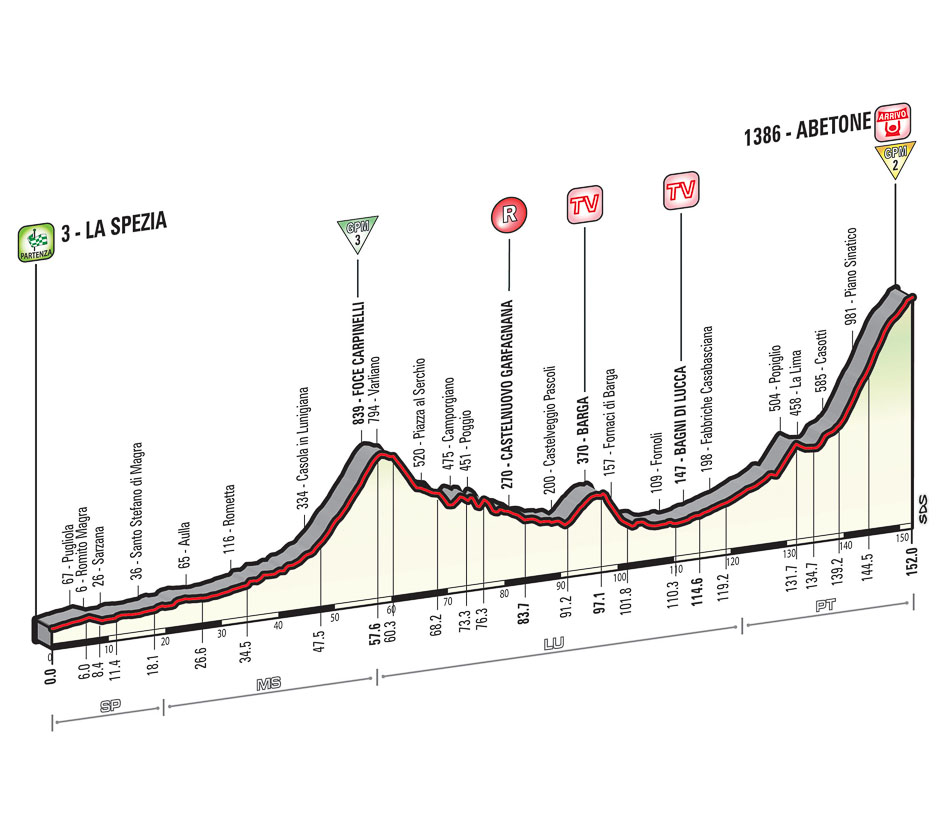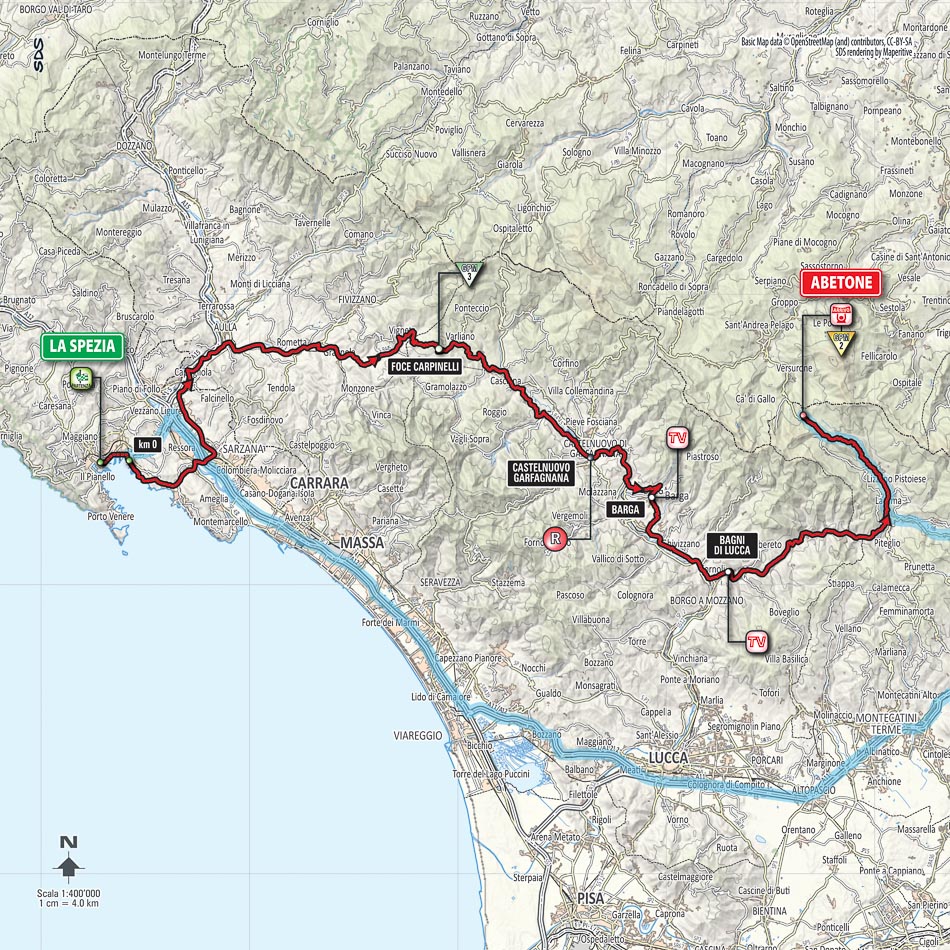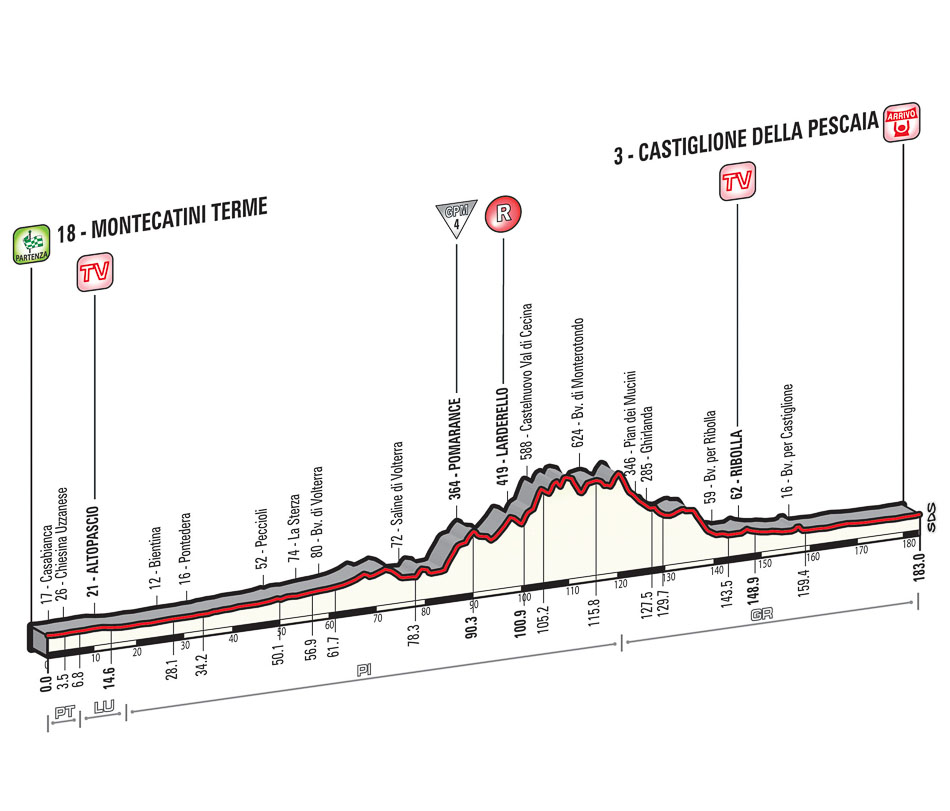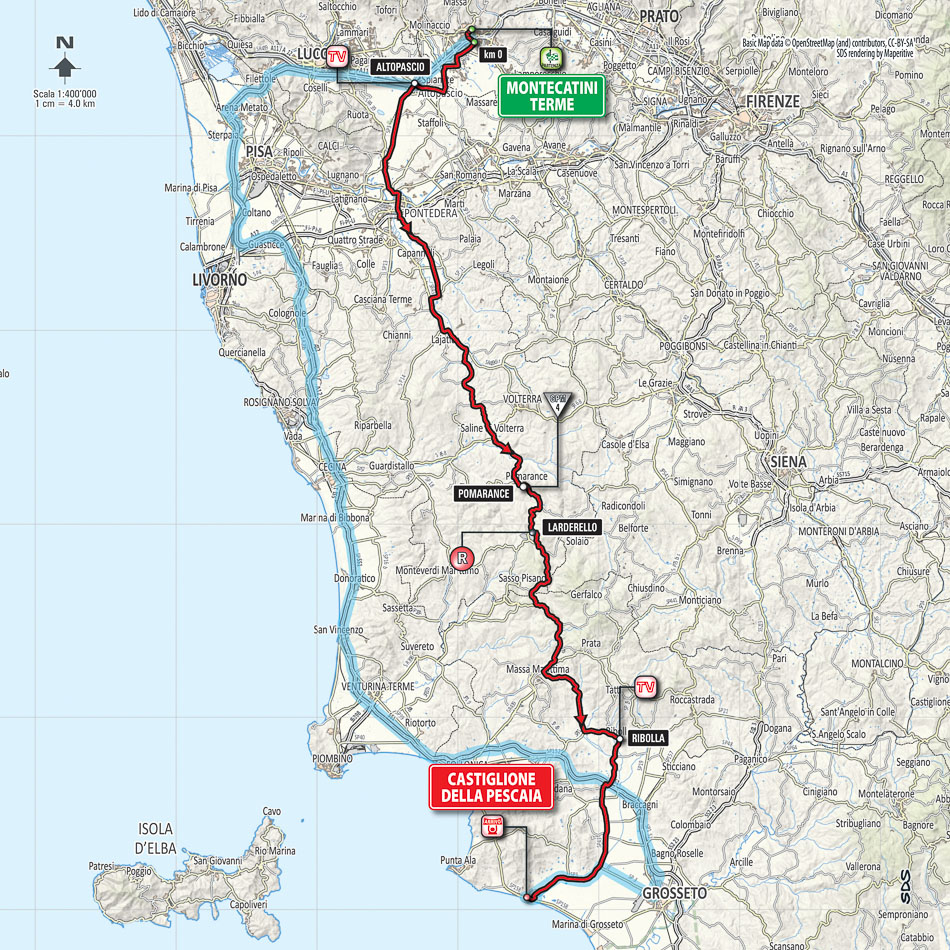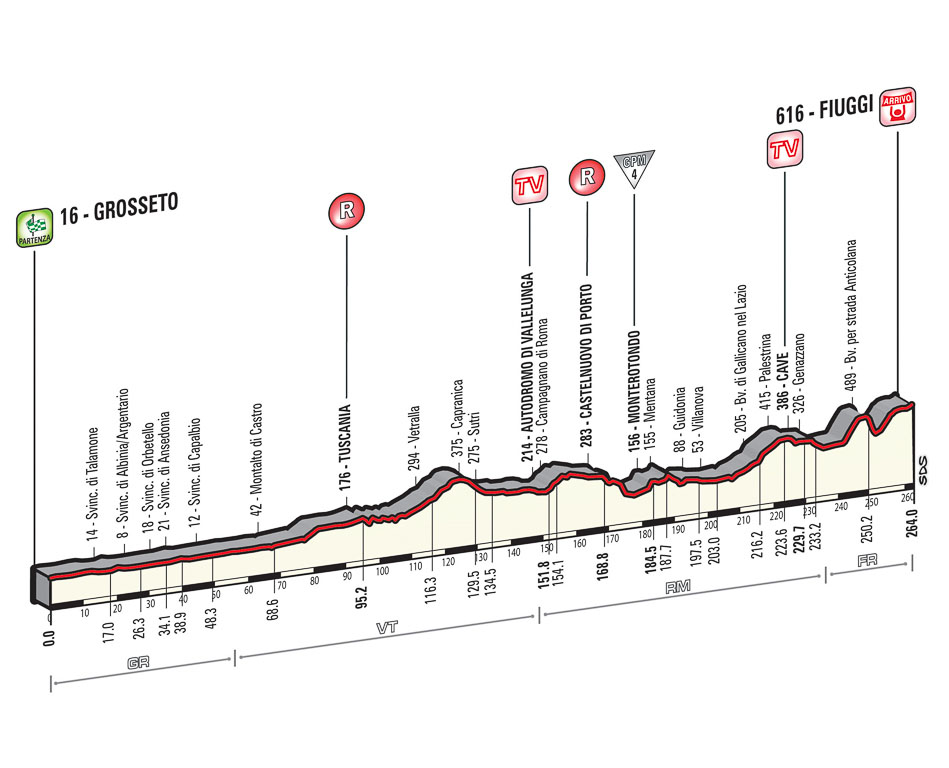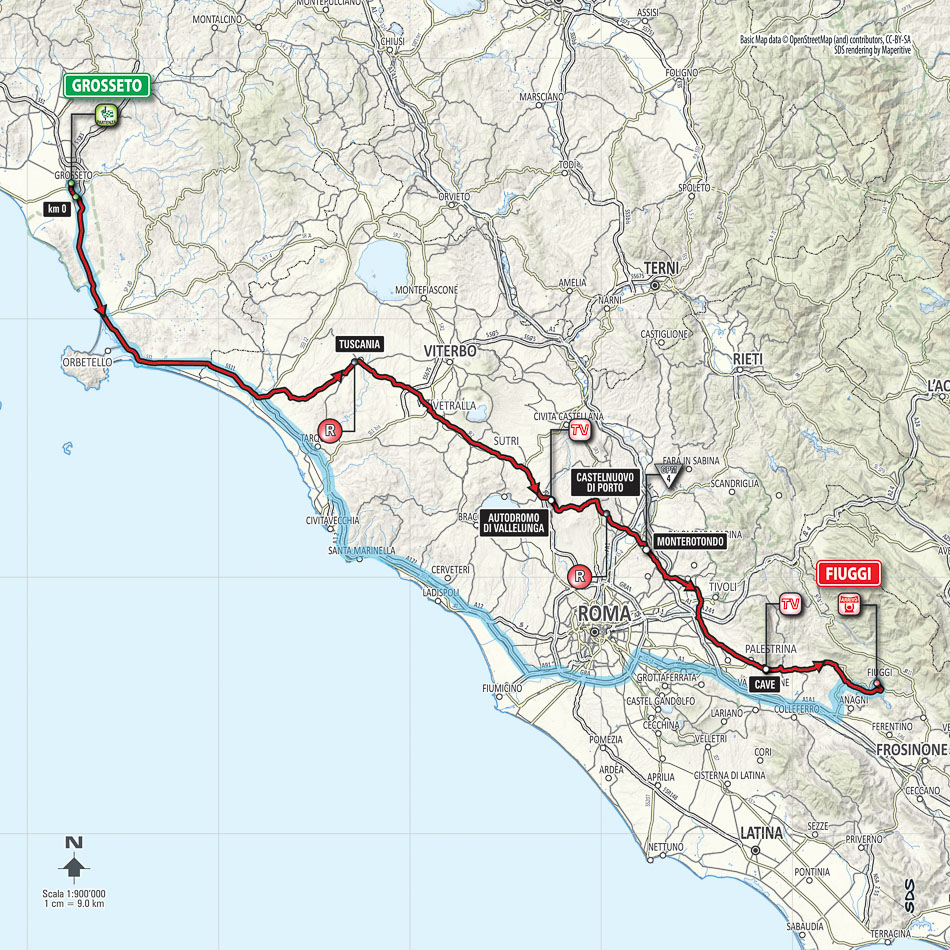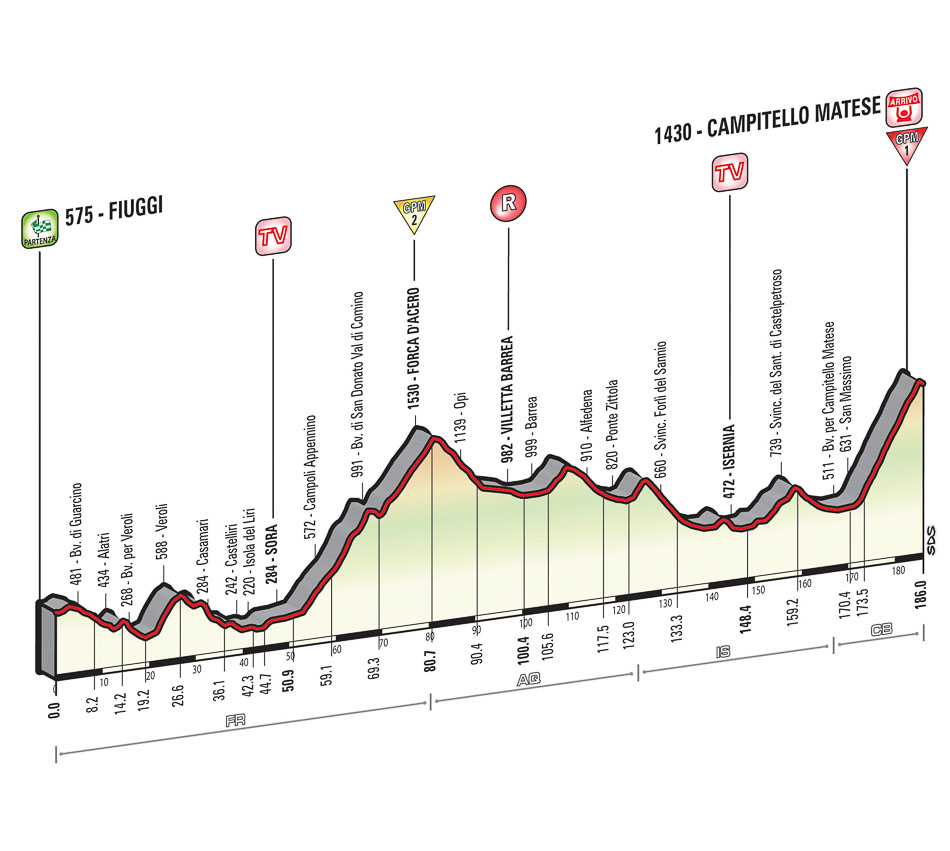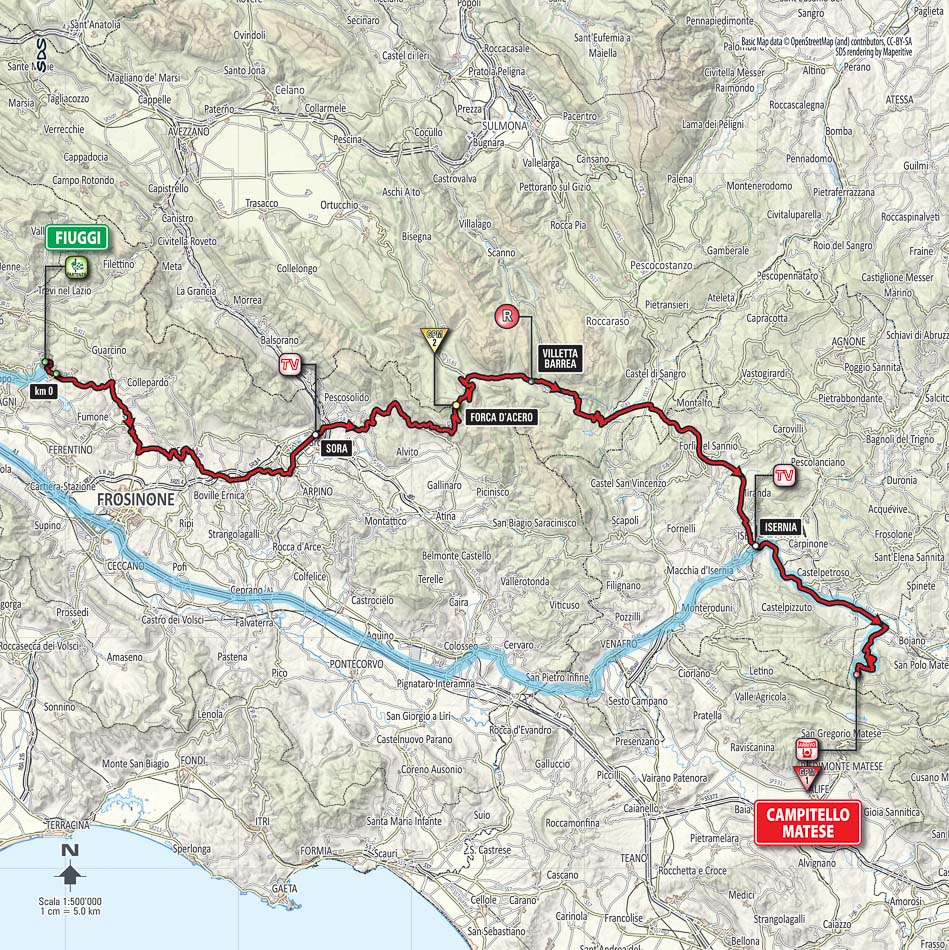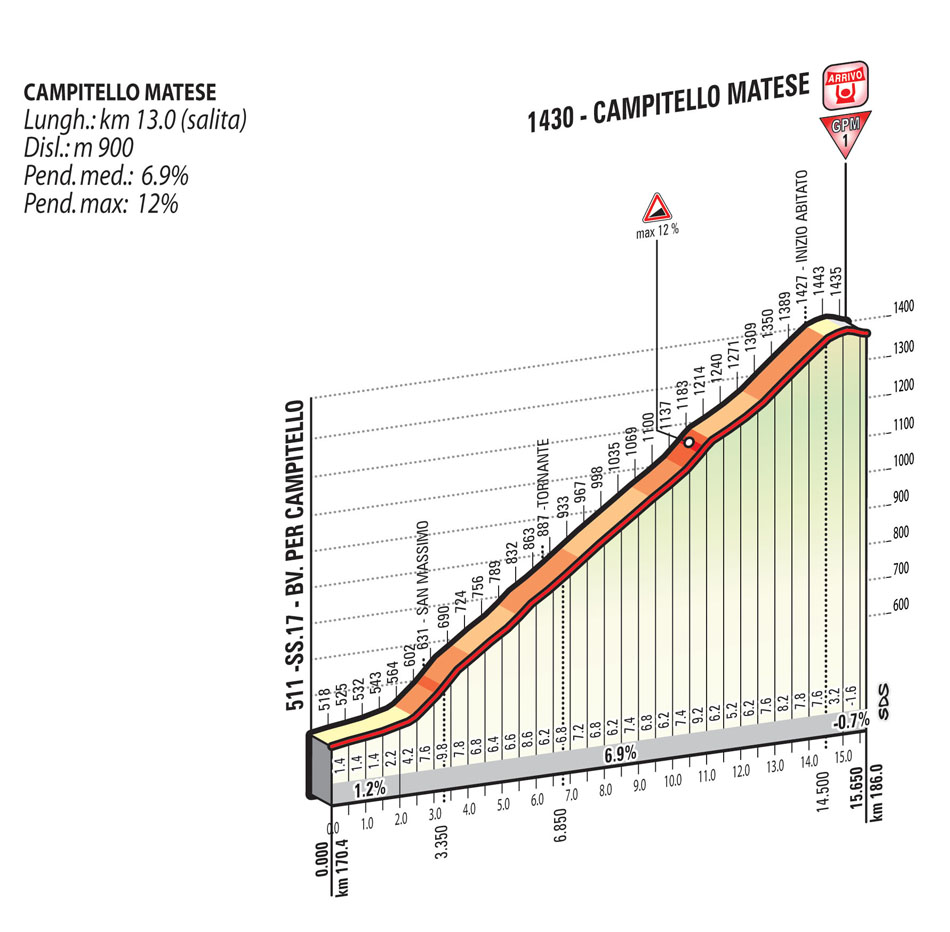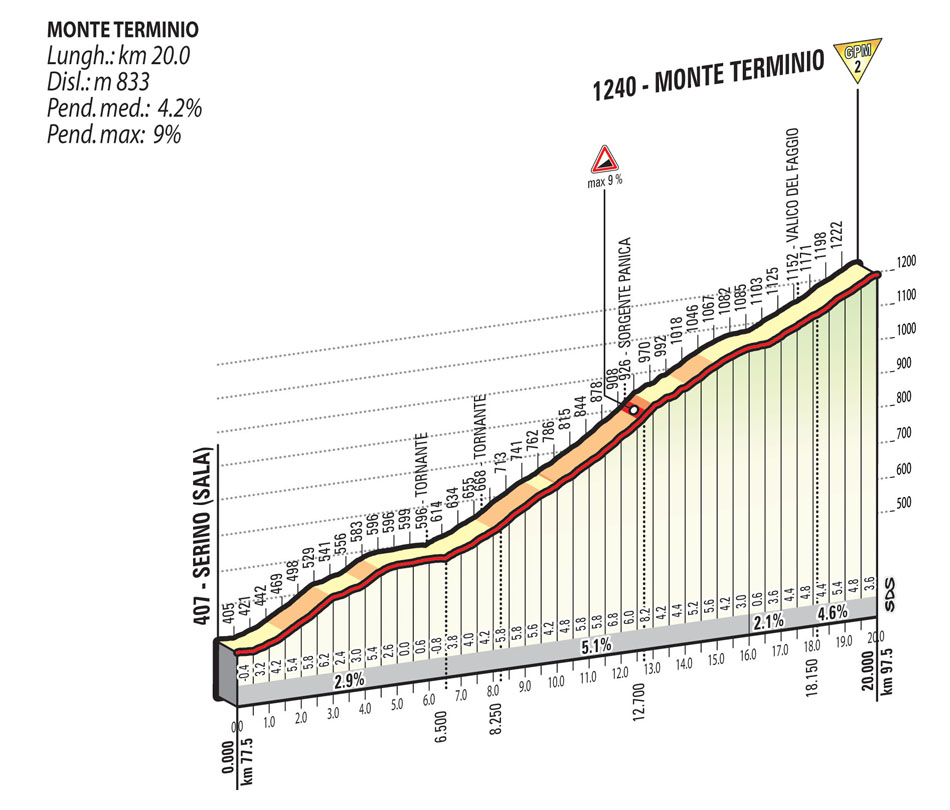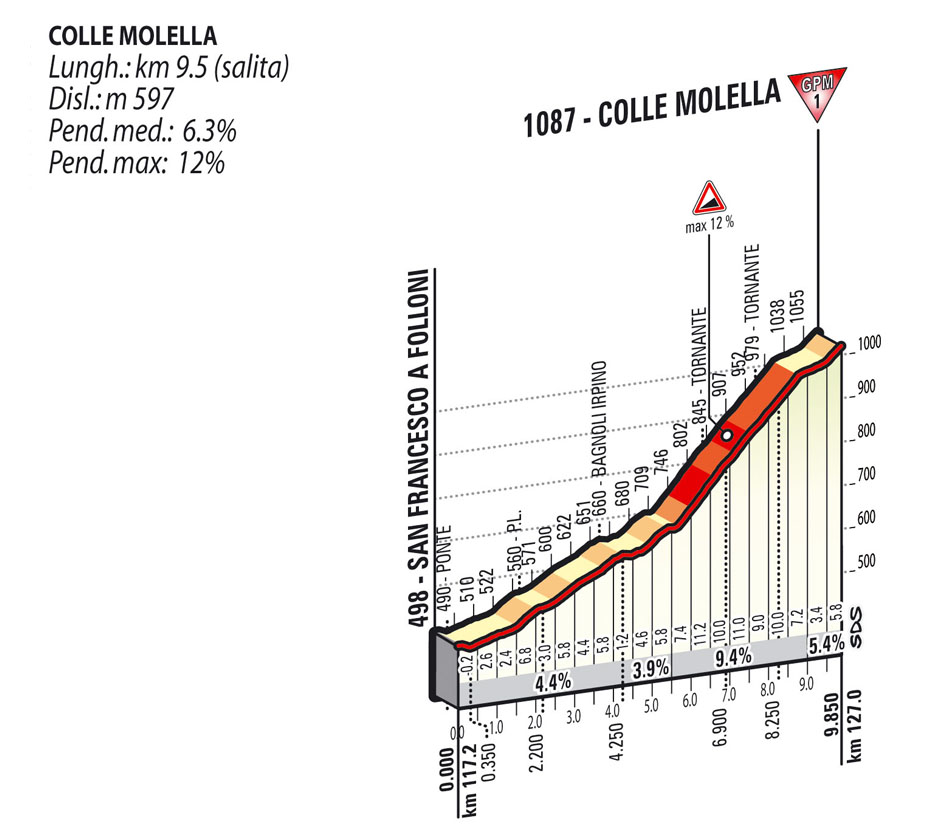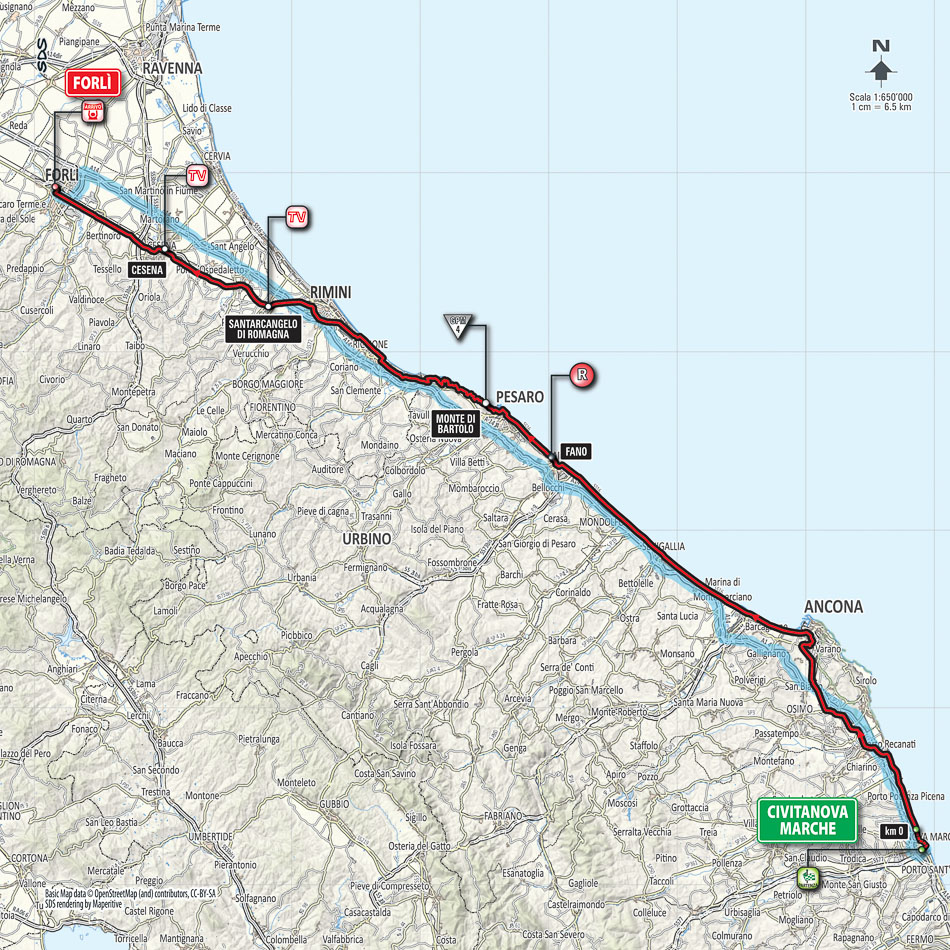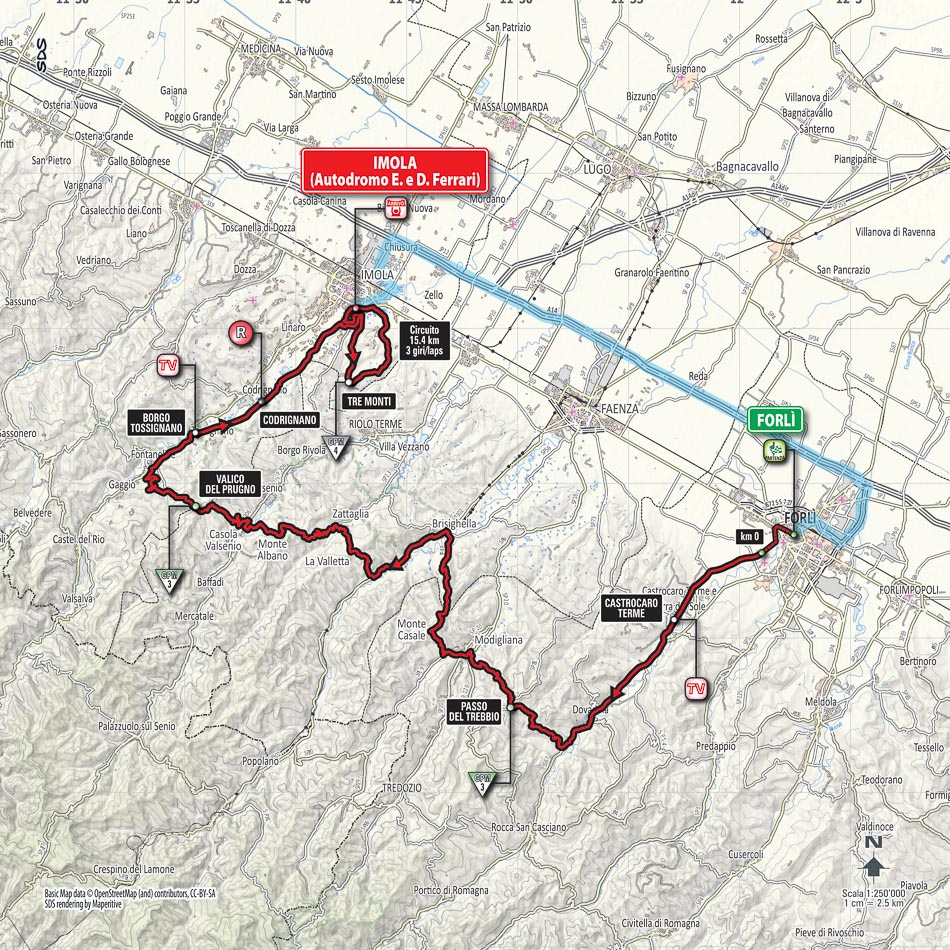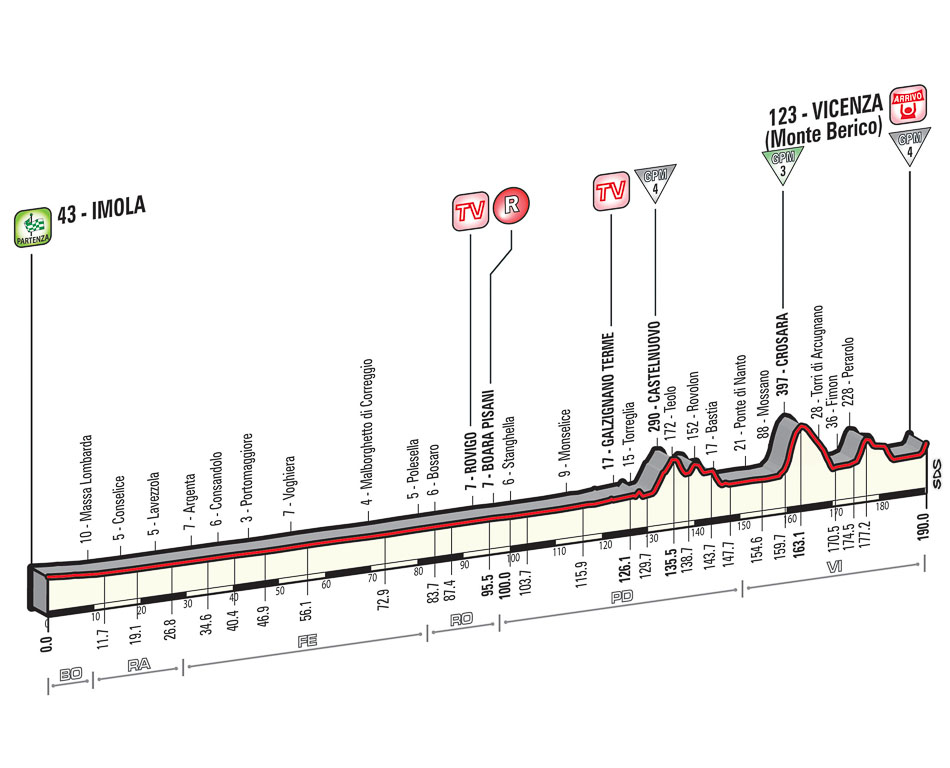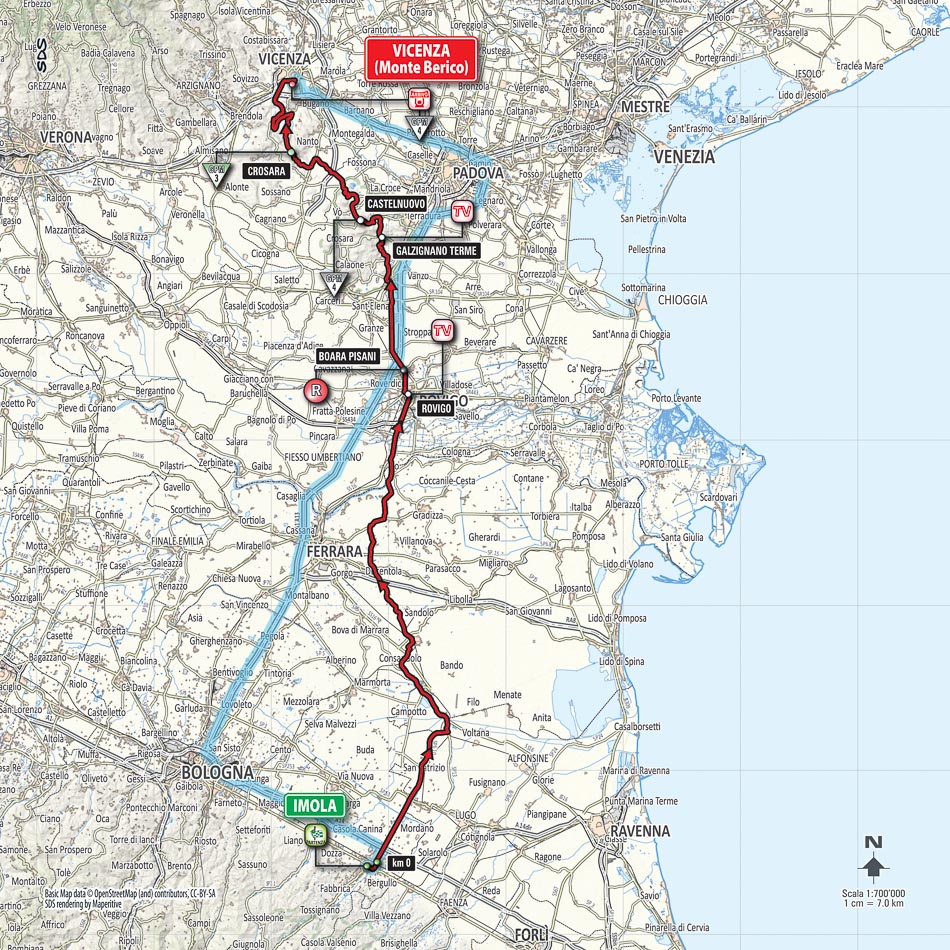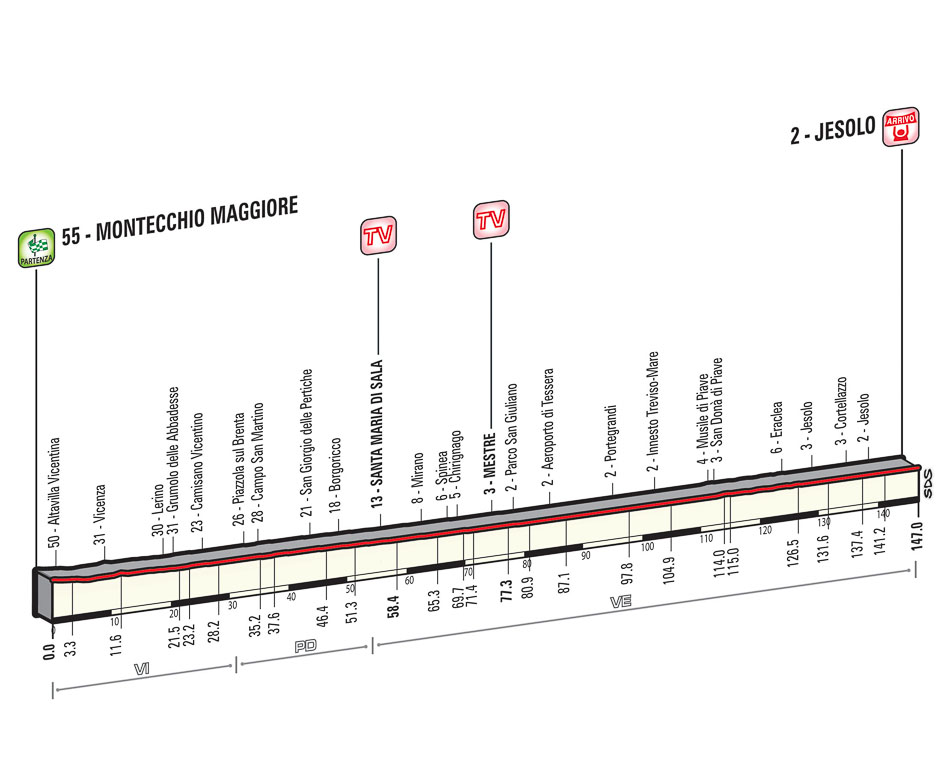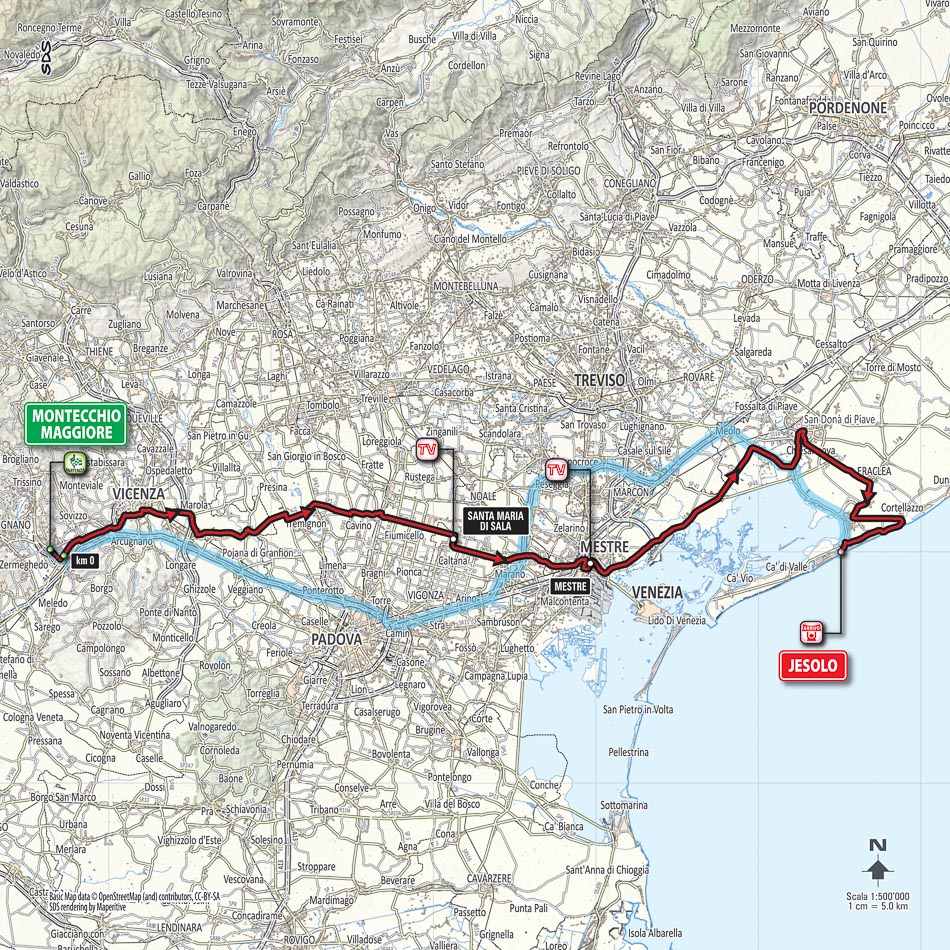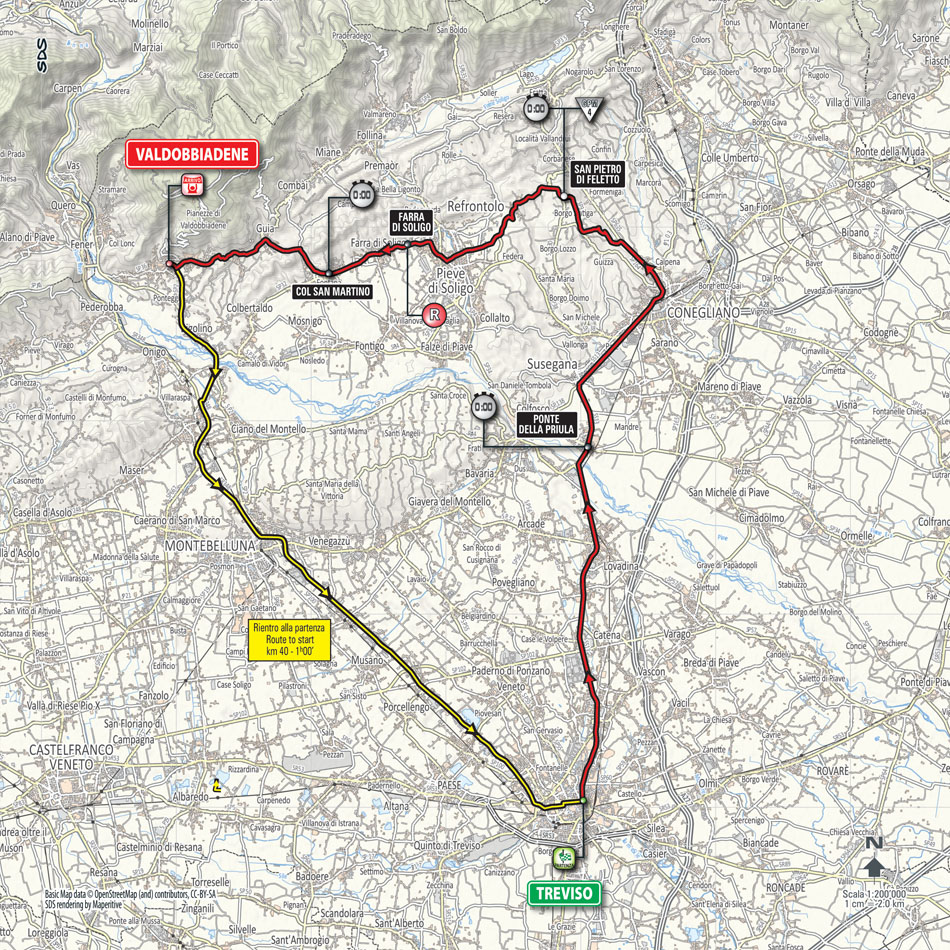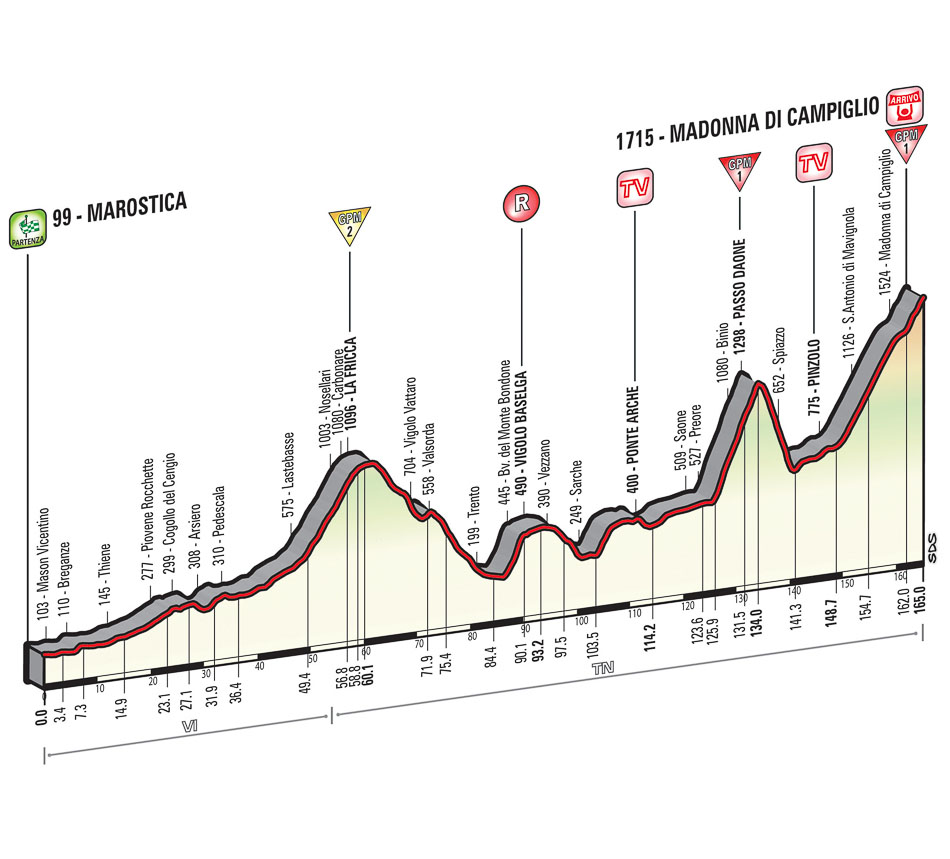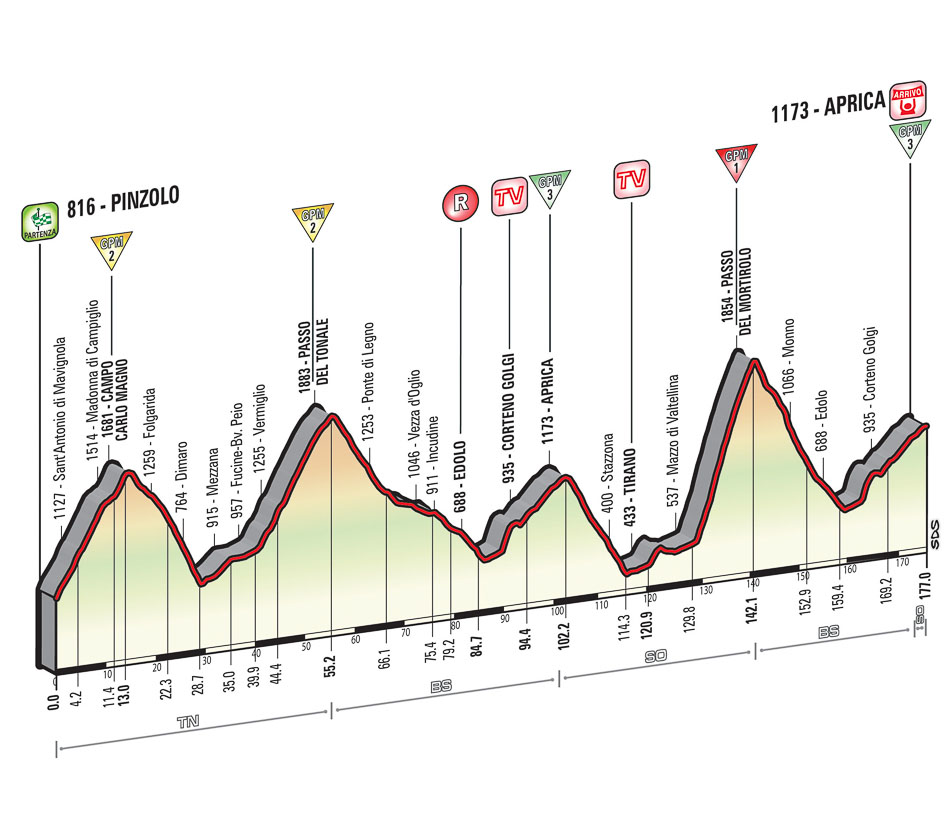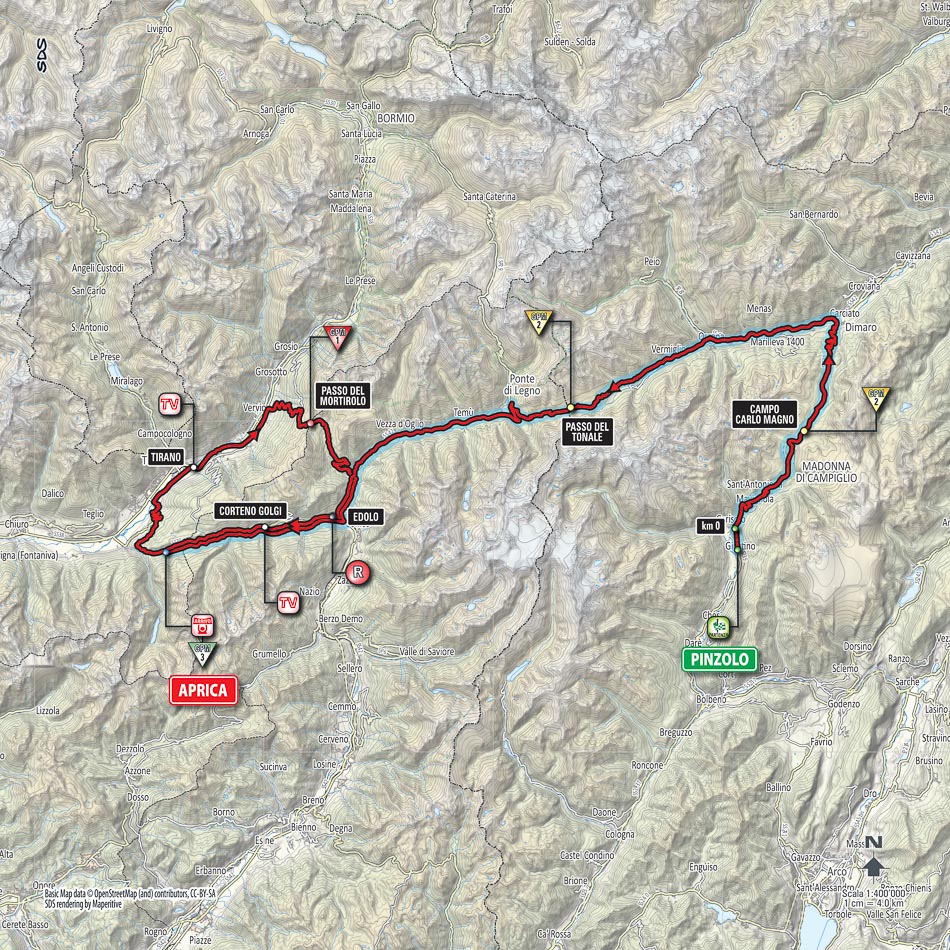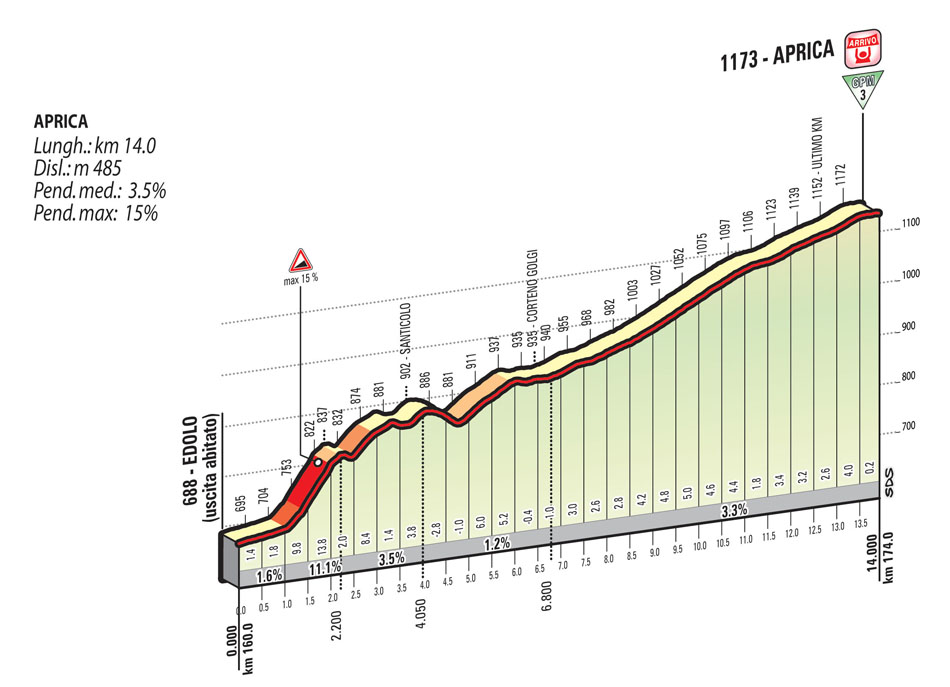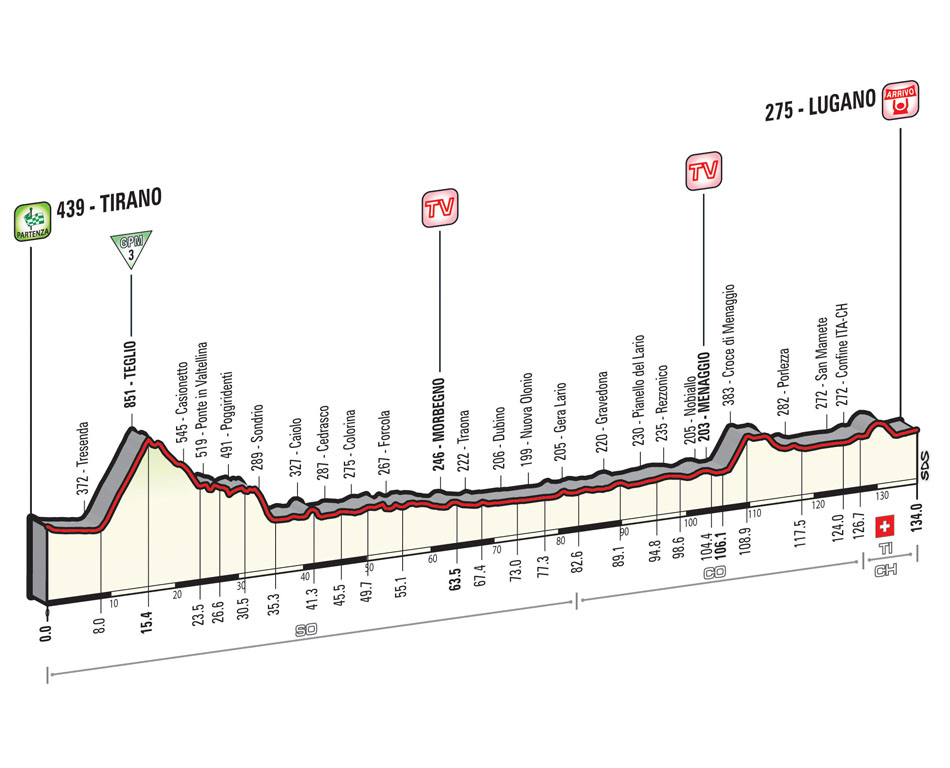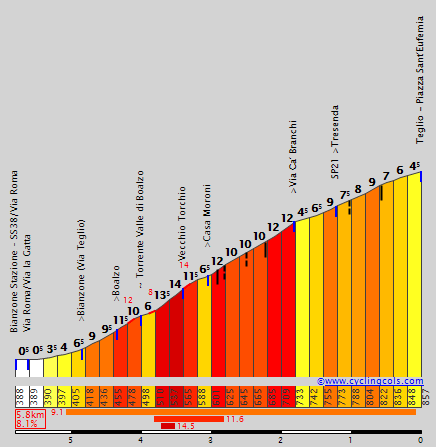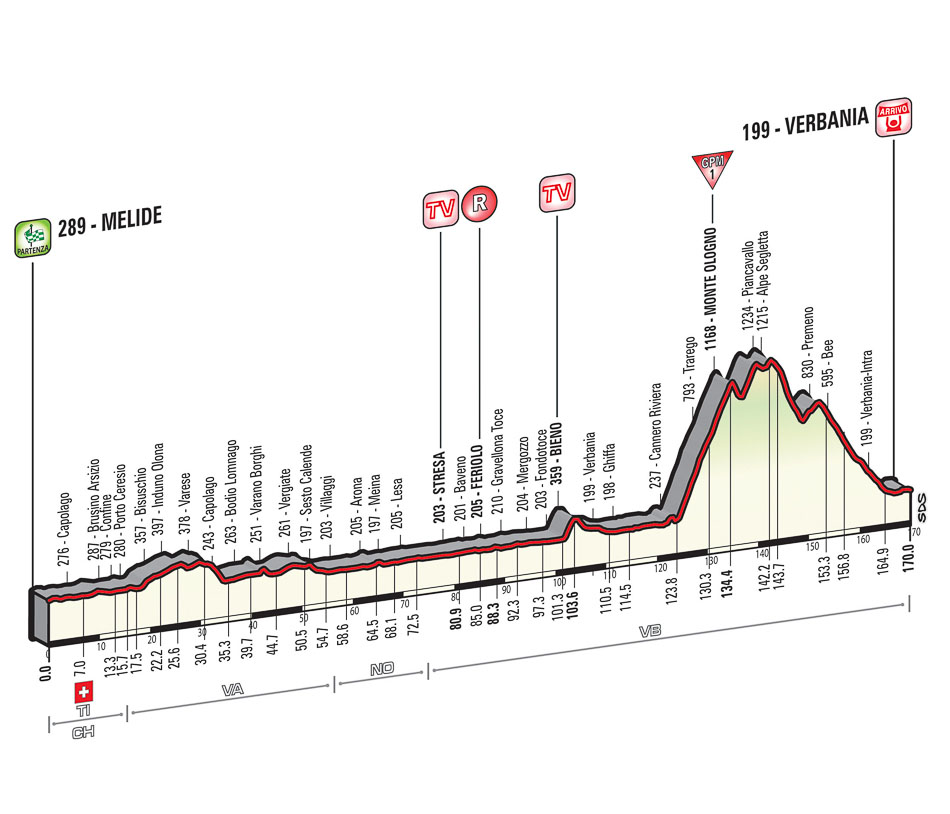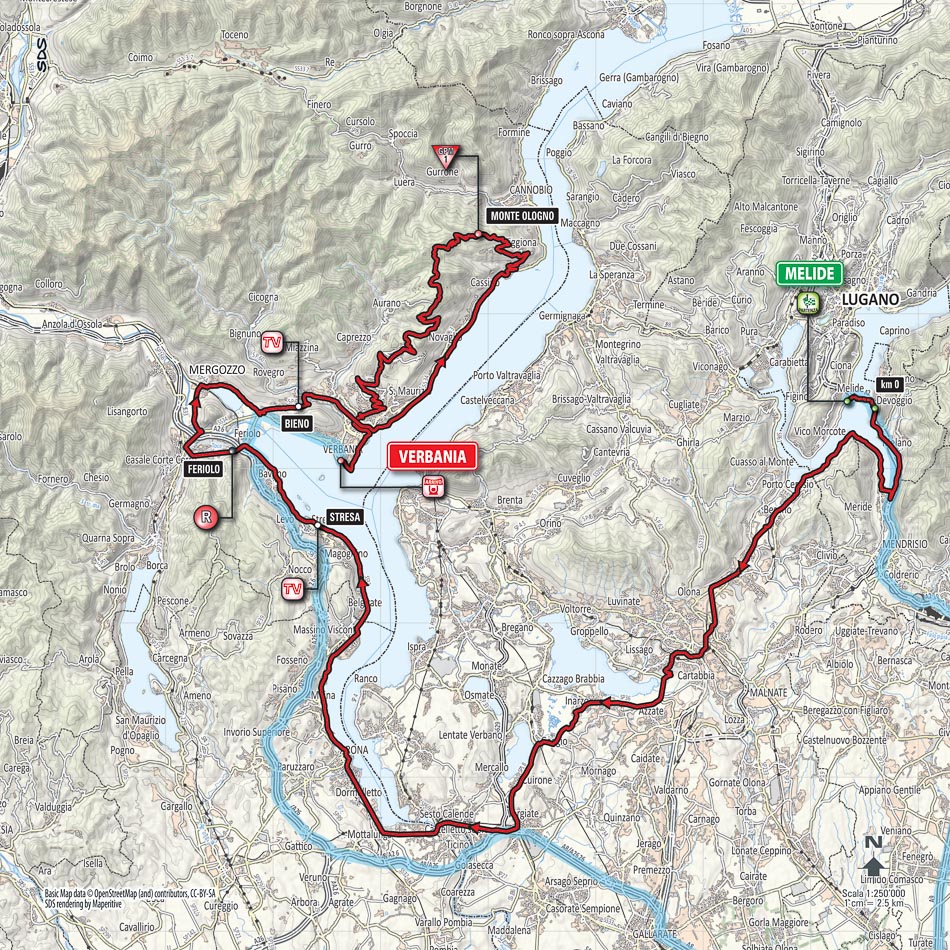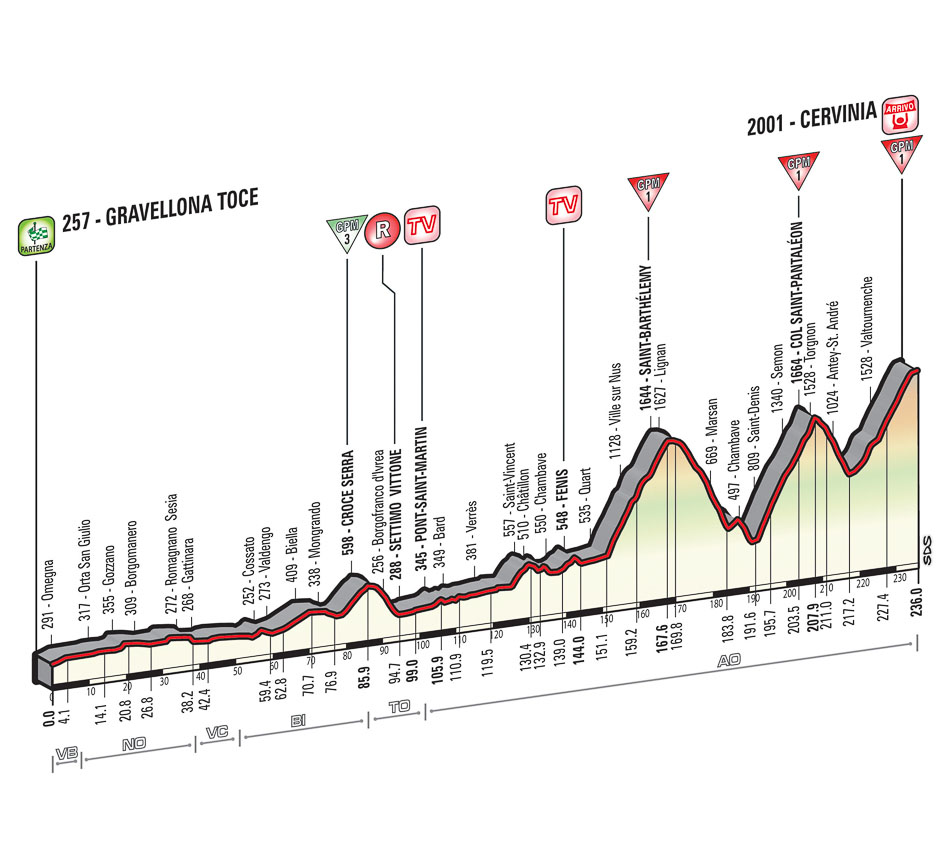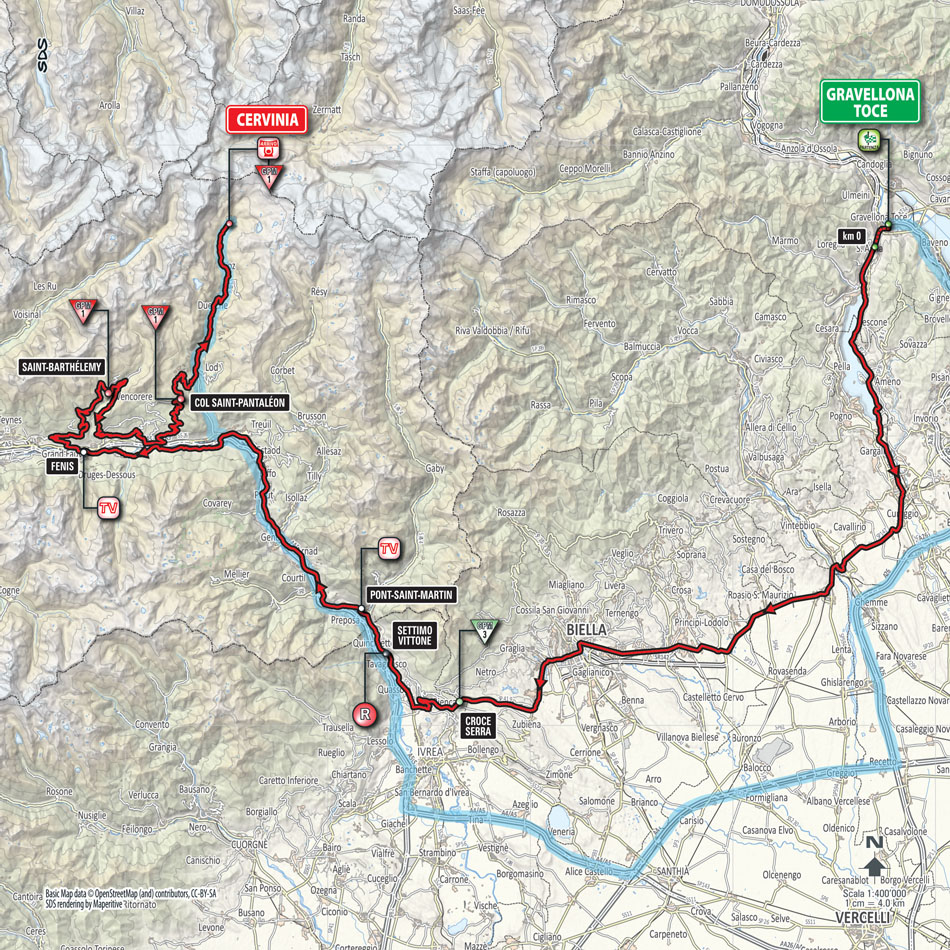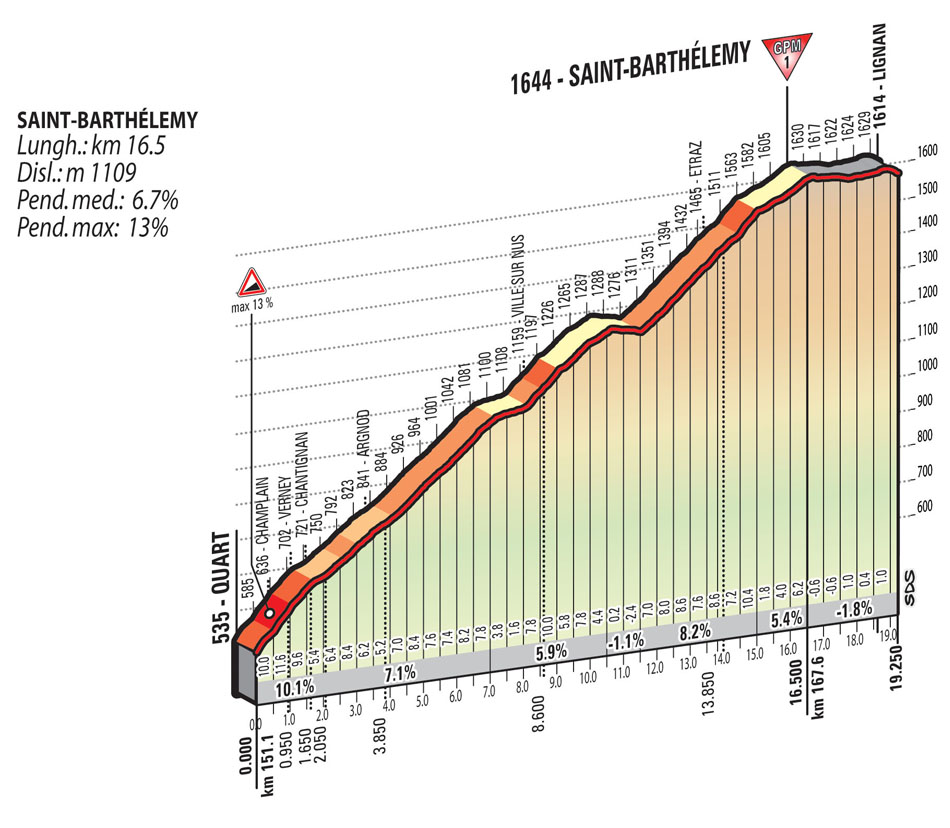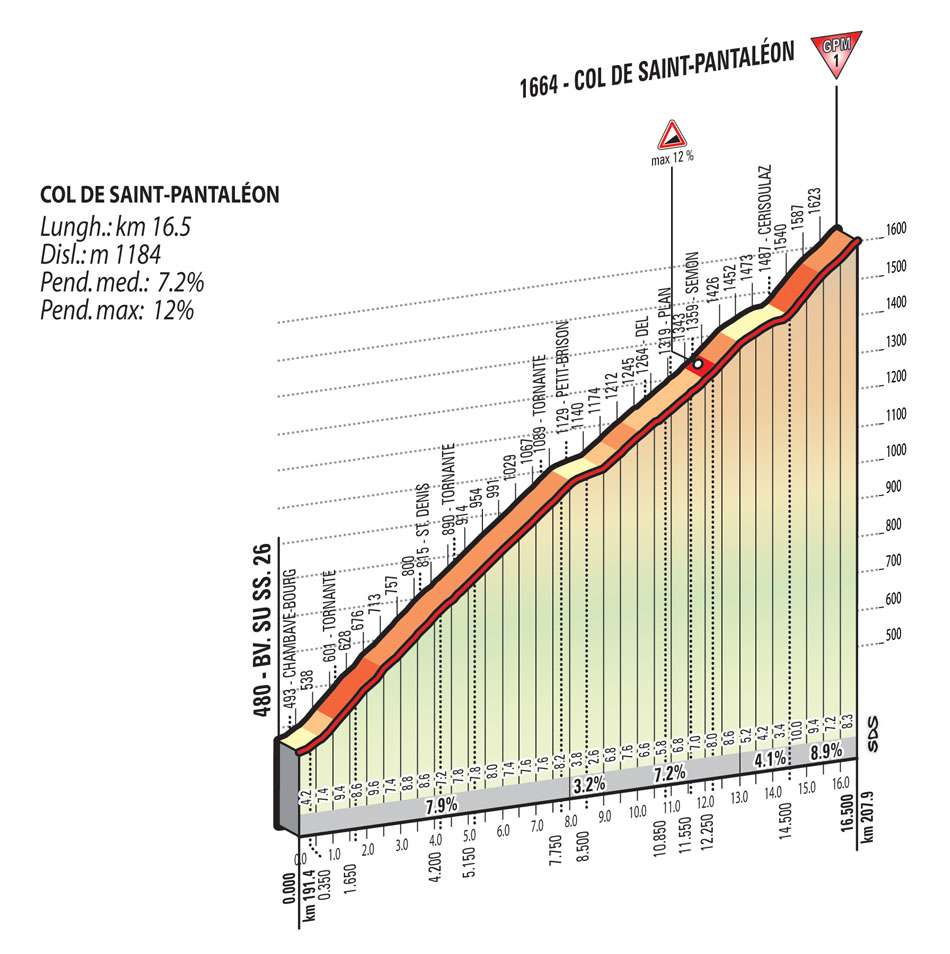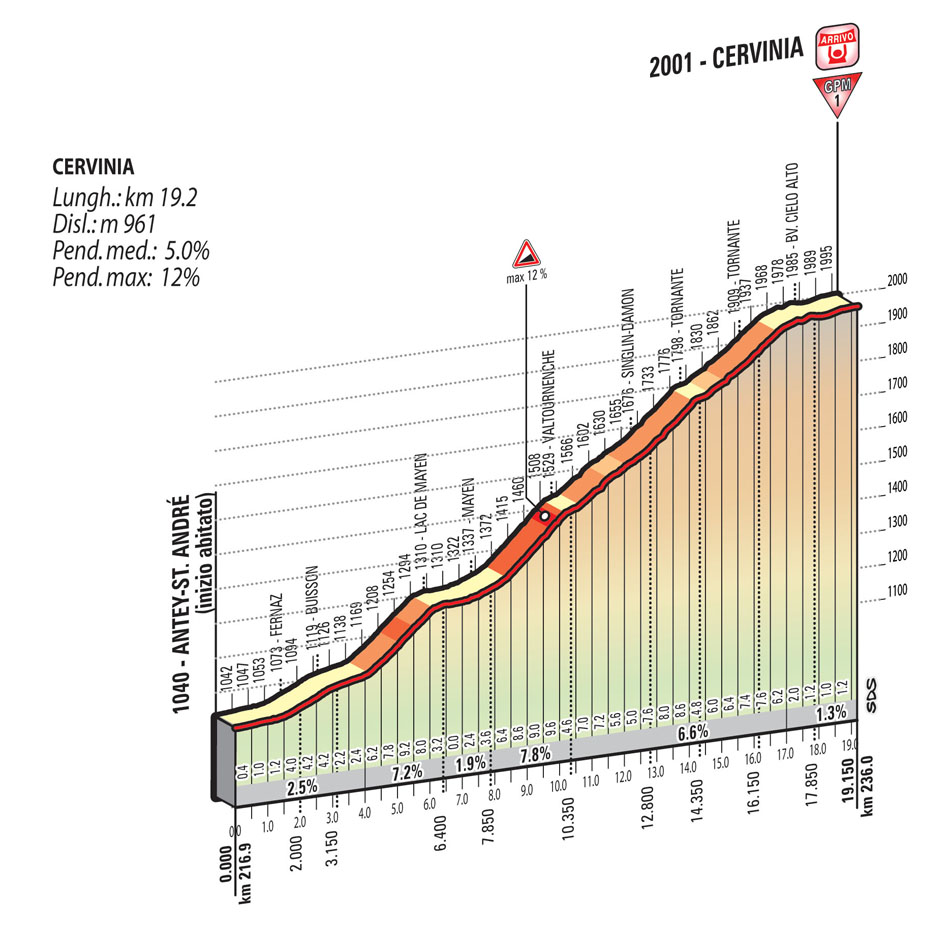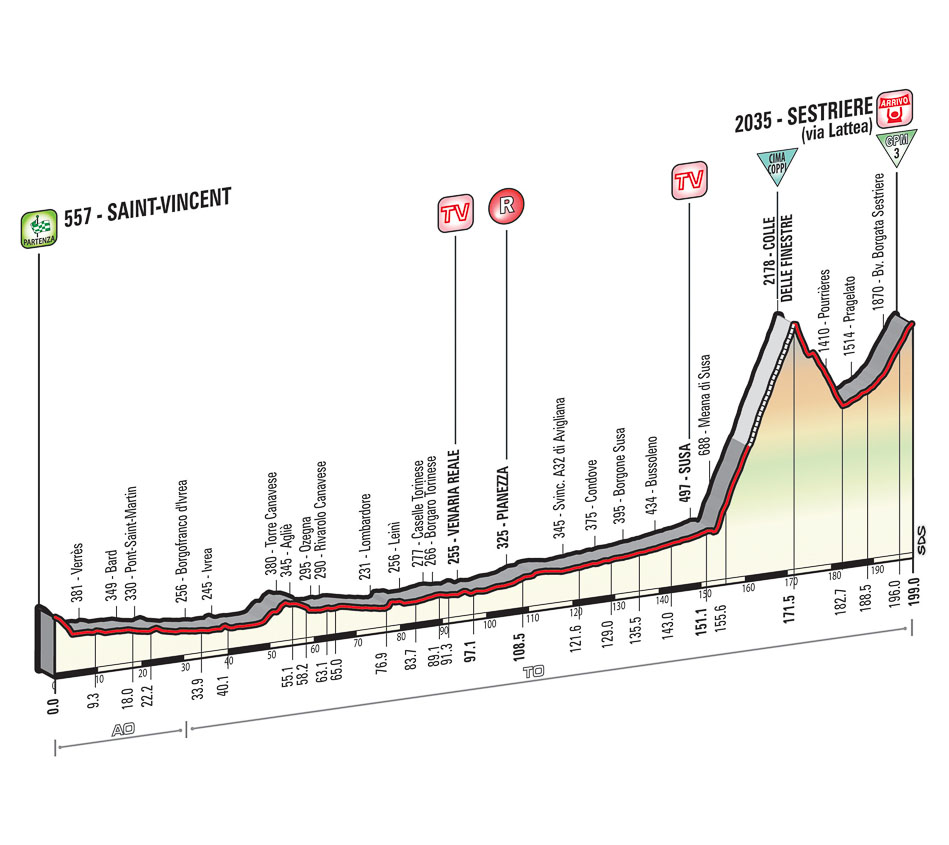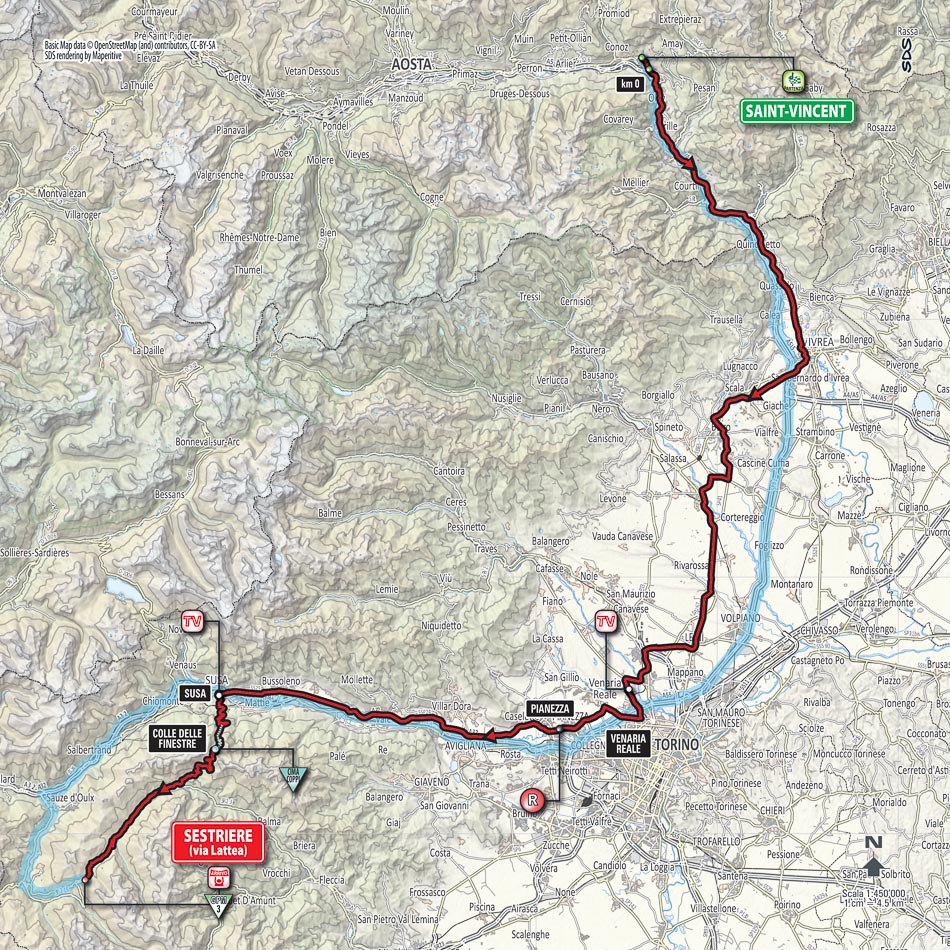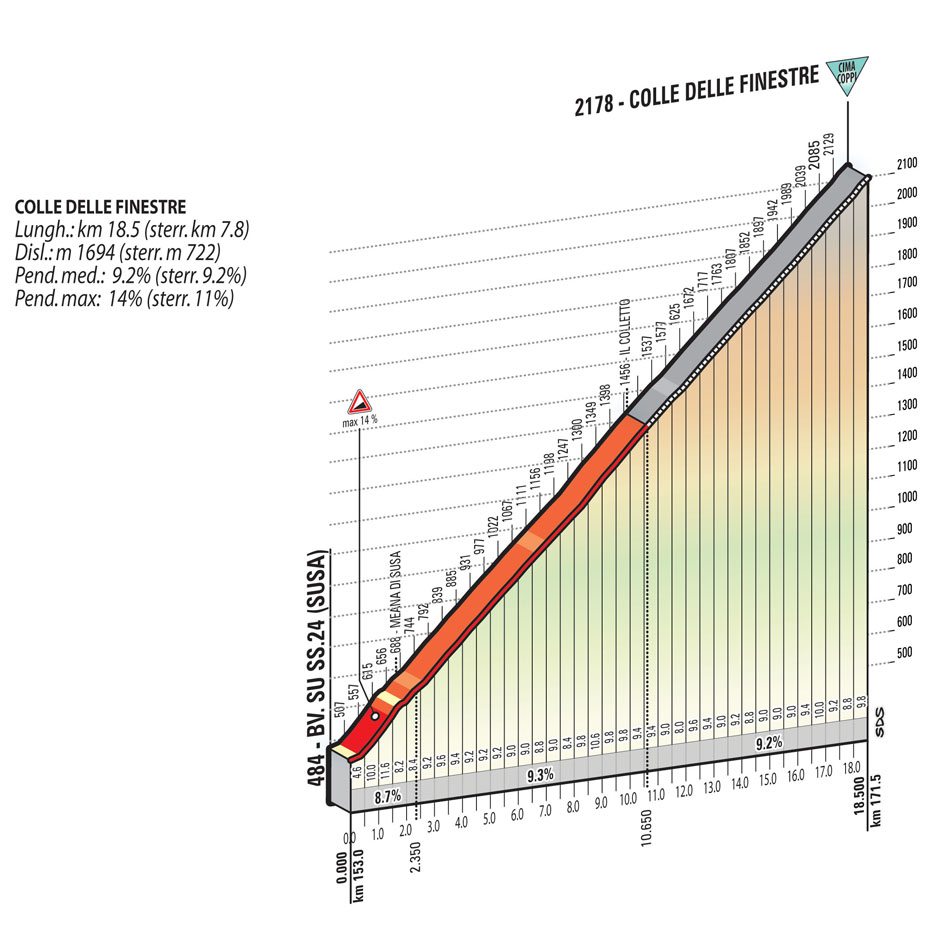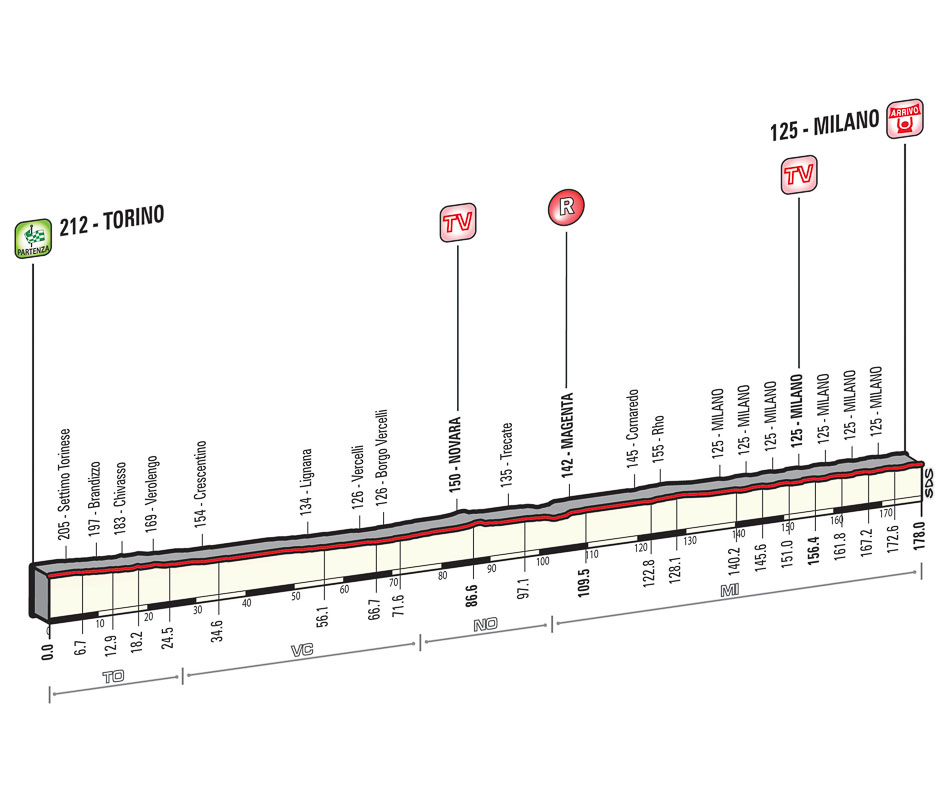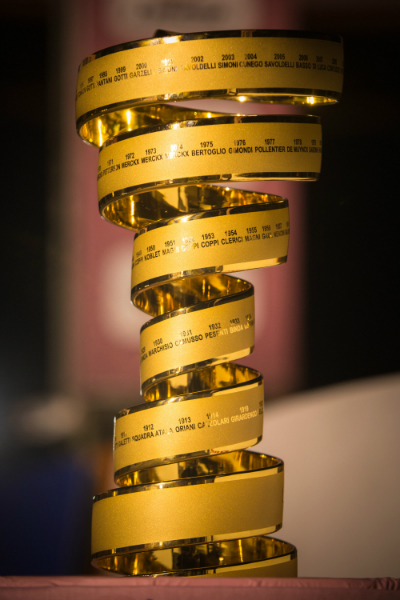The time has come!!! Only 10 days to the start of the best GT of the year 
As it's already tradition, here you have my awesome stage-by-stage analysis. If you spot any typos and/or inconsistencies, please let me know.

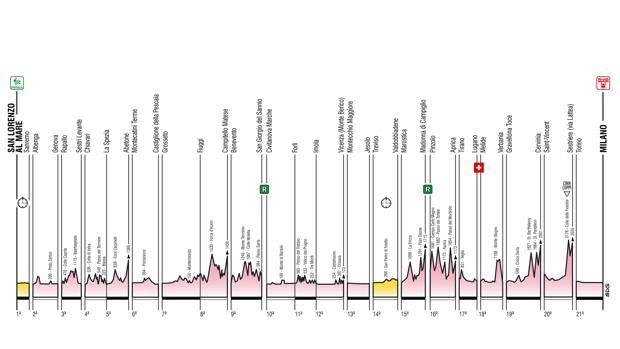
Let's start with the overview.
The 2015 Giro route could not look more different than the 2014 one. Nice hilly stages, no hard mountain top finishes, almost no transfers and a monster flat ITT. The only features that keep being there are the relatively high number of MTFs (7, although all are generally easy, as mentioned) and the signature backloading of the Giro, with 4 mountain stages in the last week. The end results is, in my opinion (but not only mine), the best GT route in the last 10 years, exactly since the 2005 Giro.
Some random data:
3,489 km of total length, 77 of which in time trial.
7 flat stages, 5 medium mountain stages, 1 mountain descent finish, 6 mountain top finishes, 1 TTT, 1 ITT.
43,000 m of total vertical gain (according to the organisers)
39 GPMs: 1 Cima Coppi (Colle delle Finestre, 2178m), 9 Cat.1, 8 Cat.2, 13 Cat.3, 8 Cat.4
Speaking of GPMs, the categorization of some of them is laughable. I will point it out during the stage analysis. The organisers also left out a lot of climbs, probably trying to balance the mountain points competition or to hide from the official data the ridiculously high number of little climbs that will feature in this edition. Either way, I would say that when you force yourself to put only 3 GPMs in a stage that features no less than 9 climbs (as it happened in stage 11), maybe it's time to rethink the whole KOM concept.
Besides these minor problems, everything's ready for a great race

As it's already tradition, here you have my awesome stage-by-stage analysis. If you spot any typos and/or inconsistencies, please let me know.


Let's start with the overview.
The 2015 Giro route could not look more different than the 2014 one. Nice hilly stages, no hard mountain top finishes, almost no transfers and a monster flat ITT. The only features that keep being there are the relatively high number of MTFs (7, although all are generally easy, as mentioned) and the signature backloading of the Giro, with 4 mountain stages in the last week. The end results is, in my opinion (but not only mine), the best GT route in the last 10 years, exactly since the 2005 Giro.
Some random data:
3,489 km of total length, 77 of which in time trial.
7 flat stages, 5 medium mountain stages, 1 mountain descent finish, 6 mountain top finishes, 1 TTT, 1 ITT.
43,000 m of total vertical gain (according to the organisers)
39 GPMs: 1 Cima Coppi (Colle delle Finestre, 2178m), 9 Cat.1, 8 Cat.2, 13 Cat.3, 8 Cat.4
Speaking of GPMs, the categorization of some of them is laughable. I will point it out during the stage analysis. The organisers also left out a lot of climbs, probably trying to balance the mountain points competition or to hide from the official data the ridiculously high number of little climbs that will feature in this edition. Either way, I would say that when you force yourself to put only 3 GPMs in a stage that features no less than 9 climbs (as it happened in stage 11), maybe it's time to rethink the whole KOM concept.
Besides these minor problems, everything's ready for a great race



